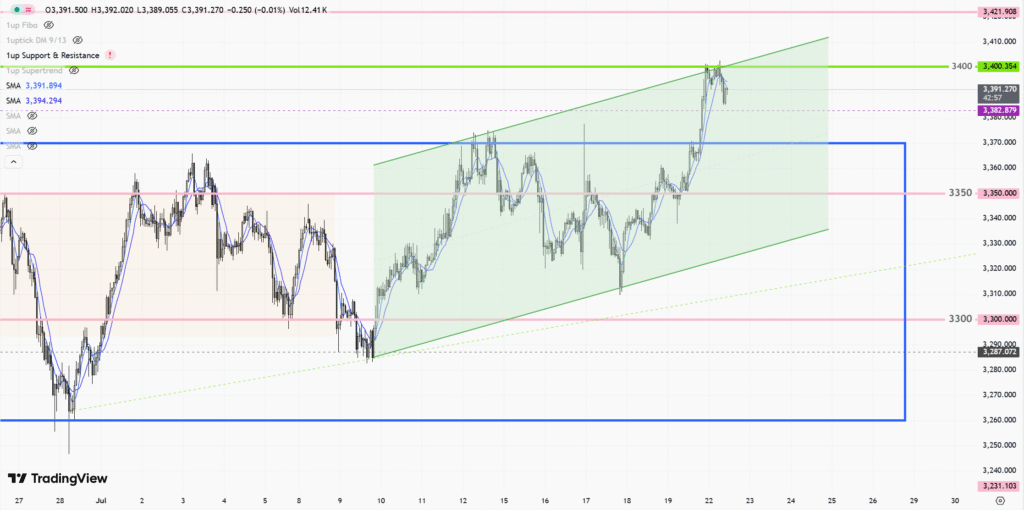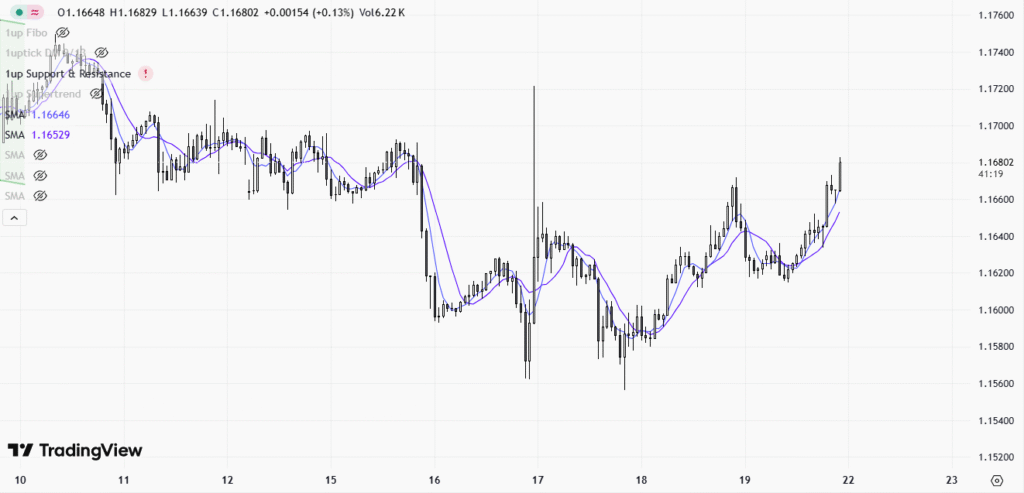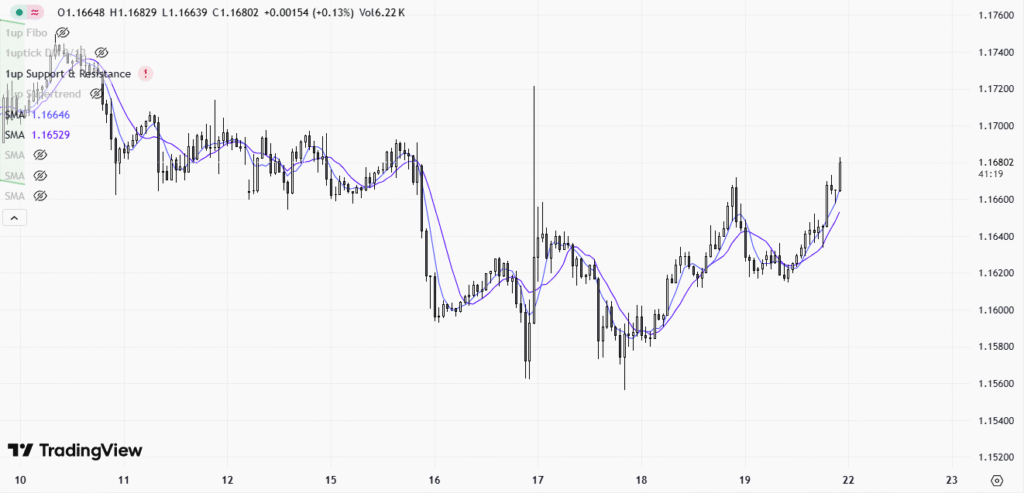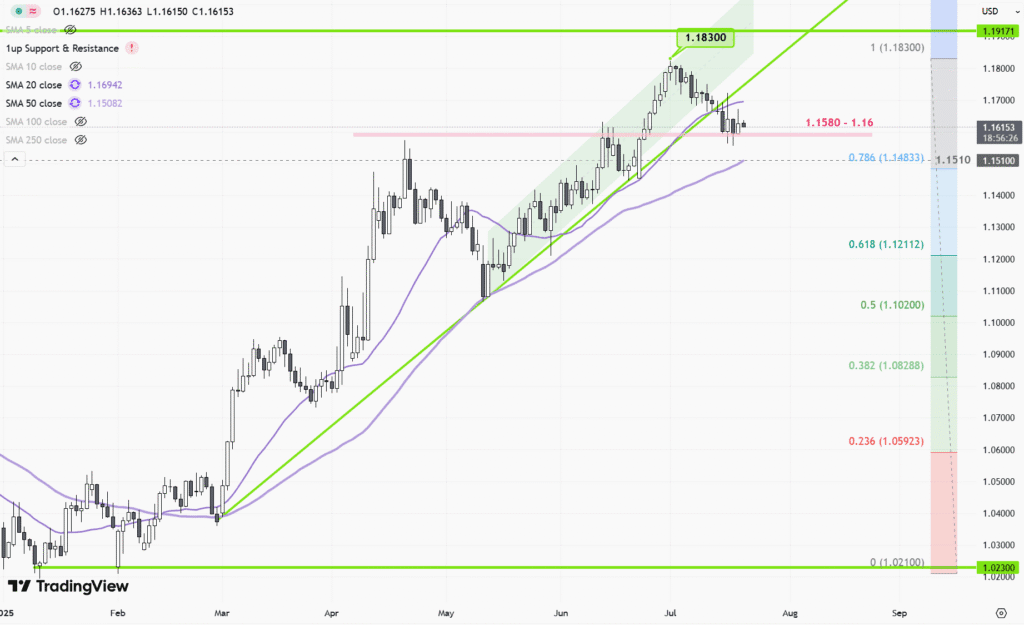 |
| Gold V.1.3.1 signal Telegram Channel (English) |

Why the Australian Dollar Struggles Despite Strong Jobs Data
2025-02-20 @ 13:01
Australia’s Dollar Struggles to Gain Momentum Despite Strong Jobs Data
The Australian dollar (AUD) saw limited gains after robust jobs data for January exceeded expectations. However, ongoing economic uncertainty, declining commodity prices, and global geopolitical tensions continue to weigh on the currency’s outlook.
Australia’s Labor Market Exceeds Expectations
Australia’s labor market remains a pillar of stability, with January employment data showing the addition of 44,000 new jobs, surpassing forecasts. Despite this growth, the unemployment rate inched higher to 4.1%, reflecting slight labor market softening.
Market analysts argue that these strong figures reduce the urgency for the Reserve Bank of Australia (RBA) to cut interest rates. With relatively high employment-to-population ratios, labor market strength could provide much-needed support to the AUD amid global economic challenges.
Interest Rate Outlook: The RBA Stays Cautious
The RBA has held the cash rate steady at 4.35% for over a year. The latest employment figures have lowered expectations of an imminent rate cut. According to swaps markets, the probability of rate reductions has declined as the central bank focuses on striking a balance between inflation control and labor market resilience.
Despite inflation being under control at 2.8% as of September 2024, the RBA remains cautious, signaling it may delay any monetary policy easing unless further economic softening occurs.
Commodity Prices and AUD Performance
Australia’s export-driven economy leaves the AUD highly sensitive to fluctuations in commodity prices. Analysts project a decline in earnings for key exports such as:
- Iron ore
- Coal
- Natural gas
- Oil
- Lithium
- Nickel
On the upside, increased export volumes of copper, uranium, and aluminum may help offset some losses. Additionally, rising gold prices could lend support to the AUD, partially mitigating downturns in other commodity sectors.
Geopolitical Pressures on the AUD
Australia’s trading relationship with China remains a critical influence on the AUD. While Australian Prime Minister Anthony Albanese has engaged in diplomatic efforts to strengthen ties with China’s President Xi Jinping, uncertainty lingers. The threat of U.S. sanctions on China could disrupt Australian exports and weigh heavily on the currency.
The Reserve Bank of Australia Governor, Michelle Bullock, emphasized that maintaining positive trade relations with China remains essential to economic stability. If U.S.-China tensions escalate, the AUD could face stronger headwinds, potentially pushing it as low as 0.6 against the USD.
The USD and Global Economic Factors
A strong U.S. dollar (USD) continues to suppress the AUD, driven by:
- Robust U.S. labor market data
- The Federal Reserve’s cautious stance on rate cuts
- Heightened demand for safe-haven assets
The AUD has declined to its lowest levels against the USD since February 2020. However, it has maintained relative stability against other currencies like the British Pound (GBP), Japanese Yen (JPY), and the Euro (EUR).
While strong domestic jobs data has helped the AUD hold ground, its long-term trajectory in 2025 remains uncertain. Economic resilience and diplomatic stability are critical factors in determining whether the AUD can reverse its current downward trend or face further depreciation.









